|
[1]
|
Thirumoorthi P, Yadaiah N (2015) Design of current source hybrid power filter for harmonic current compensation. Simul Model Pract Theory 52: 78-91. https://doi.org/10.1016/j.simpat.2014.11.008 doi: 10.1016/j.simpat.2014.11.008

|
|
[2]
|
Mahela OP, Shaik AG (2016) Topological aspects of power quality improvement techniques: A comprehensive overview. Renew Sustain Energy Rev 58: 1129-1142. https://doi.org/10.1016/j.rser.2015.12.251. doi: 10.1016/j.rser.2015.12.251

|
|
[3]
|
Montero MI, Cadaval ER, Gonzalez FB (2007) Comparison of control strategies for shunt active power filters in three-phase four-wire systems. IEEE Trans Power Electron 22: 229-236. https://doi.org/10.1109/TPEL.2006.886616 doi: 10.1109/TPEL.2006.886616

|
|
[4]
|
Rahmani S, Hamadi A, Al-Haddad K (2012) A Lyapunov-function-based control for a three-phase shunt hybrid active filter. IEEE Trans Ind Electron 59: 1418-1429. https://doi.org/10.1109/TIE.2011.2163370 doi: 10.1109/TIE.2011.2163370

|
|
[5]
|
Patnaik SS, Panda AK (2012) Particle swarm optimization and bacterial foraging optimization techniques for optimal current harmonic mitigation by employing active power filter. Appl Comput Intell Soft Comput 1-10. https://doi.org/10.1155/2012/897127.
|
|
[6]
|
Nahak N, Mallick RK (2018) Enhancement of small signal stability of power system using UPFC based damping controller with novel optimized fuzzy PID controller. J Intell Fuzzy Syst 35: 501-512. https://doi.org/10.3233/JIFS-169606 doi: 10.3233/JIFS-169606

|
|
[7]
|
Ghorbani JM, Mokhtari H (2015) Impact of Harmonics on Power Quality and Losses in Power Distribution Systems. International Journal of Electrical and Computer Engineering (IJECE) 5: 166-174. https://doi.org/10.11591/ijece.v5i1.pp166-174 doi: 10.11591/ijece.v5i1.pp166-174

|
|
[8]
|
Nassif AB, Xu W, Freitas W (2009) An Investigation on the section of Filter Topologies for Passive Filter Applications. IEEE Trans Power Del 24: 1710-1718. https://doi.org/10.1109/TPWRD.2009.2016824 doi: 10.1109/TPWRD.2009.2016824

|
|
[9]
|
Patnaik SS, Panda AK, et al. (2013) Three-level H-bridge and three H-bridges based three-phase four-wire shunt active power filter topologies for high voltage applications. Electrical Power and Energy Systems 51: 298-306. https://doi.org/10.1016/j.ijepes.2013.02.037 doi: 10.1016/j.ijepes.2013.02.037

|
|
[10]
|
Singh B, Jain C, Goel S (2014) ILST Control Algorithm of Single-Stage Dual Purpose Grid Connected Solar PV System. IEEE T Power Electr 29: 5347-5357. https://doi.org/10.1109/TPEL.2013.2293656 doi: 10.1109/TPEL.2013.2293656

|
|
[11]
|
Gotherwal N, Ray S, Gupta N, et al. (2016) Performance Comparison of PI and Fuzzy Controller for Indirect Current Control Based Shunt Active Power Filter. IEEE 1st International Conference on Power Electronics, Intelligent Control and Energy Systems (ICPEICES), 1-6. https://doi.org/10.1109/ICPEICES.2016.7853460
|
|
[12]
|
Baitha A, Gupta N (2015) A Comparative Analysis of Passive Filters for Power Quality Improvement. IEEE International Conference on Technological Advancements in Power & Energy (TAP Energy), 327-332. https://doi.org/10.1109/TAPENERGY.2015.7229640
|
|
[13]
|
Das SR, Ray PK, Mohanty A (2017) Improvement in Power Quality using Hybrid Power Filters based on RLS Algorithm. Energy Procedia 138: 723-728. https://doi.org/10.1016/j.egypro.2017.10.207 doi: 10.1016/j.egypro.2017.10.207

|
|
[14]
|
Campanhol LBG, da Silva SAO, Goedtel A (2014) Application of shunt active power filter for harmonic reduction and reactive power compensation in three-phase four-wire systems. IET Power Electronics 7: 2825-2836. https://doi.org/10.1049/iet-pel.2014.0027 doi: 10.1049/iet-pel.2014.0027

|
|
[15]
|
Sadhu PK, Dhara S, Shrivastav AK, et al. (2015) Superconducting Fault Current Limiters for Micro Grid Application. International Journal of Mechatronics and Computer Technology 5: 2246–2257.
|
|
[16]
|
Dhara S, Shrivastav AK, Sadhu PK, et al. (2016) A Fault Current Limiter Circuit to Improve Transient Stability in Power System. International Journal of Power Electronics and Drive System (IJPEDS) 7: 767-778. http://doi.org/10.11591/ijpeds.v7.i3.pp769-780. doi: 10.11591/ijpeds.v7.i3.pp769-780

|
|
[17]
|
Dhara S, Sadhu PK, Shrivastav AK (2019) Modelling and analysis of an efficient DC reactor type superconducting fault current limiter. Rev Roum Sci Techn– Électrotechn et Énerg 64: 205–210.
|
|
[18]
|
Shin JW, Kim JC, Lee H, et al. (2021) Impact of SFCL According to Voltage Sags Based Reliability. IEEE T Appl Supercon 31: 5600905. https://doi.org/10.1109/TASC.2021.3064525 doi: 10.1109/TASC.2021.3064525

|
|
[19]
|
Hyun OB, Park KB, Sim J, et al. (2009) Introduction of a hybrid SFCL in KEPCO grid and local points at issue. IEEE T Appl Supercon 19: 1946–1949. https://doi.org/10.1109/TASC.2009.2018256 doi: 10.1109/TASC.2009.2018256

|
|
[20]
|
Park WJ, Sung BC, Park JW (2010) The effect of SFCL on electric power grid with wind-turbine generation system. IEEE T Appl Superconduct 20: 1177–1181. https://doi.org/10.1109/TASC.2010.2040918 doi: 10.1109/TASC.2010.2040918

|
|
[21]
|
Lim SH, Kim JC (2012) Analysis on protection coordination of protective devices with a SFCL due to the application location of a dispersed generation in a power distribution system. IEEE T Appl Supercon 22: 5601104. https://doi.org/10.1109/TASC.2011.2179509 doi: 10.1109/TASC.2011.2179509

|
|
[22]
|
Lim SH, Kim JS, Kim MH, et al. (2012) Improvement of protection coordination of protective devices through application of a SFCL in a power distribution system with a dispersed generation. IEEE T Appl Supercon 22: 5601004. https://doi.org/10.1109/TASC.2011.2181930 doi: 10.1109/TASC.2011.2181930

|
|
[23]
|
Okakwu IK, Orukpe PE, Ogujor EA (2018) Application of superconducting fault current limiter (SFCL) in power systems: A review. Eur J Eng Res Sci 3: 28–32. https://doi.org/10.24018/ejers.2018.3.7.799. doi: 10.24018/ejers.2018.3.7.799

|
|
[24]
|
Kalsi SS, Malozemoff A (2004) HTS fault current limiter concept. IEEE Power Eng Soc Gen Meeting 1–5. https://doi.org/10.1109/PES.2004.1373103
|
|
[25]
|
Lim SH, Choi HS, Chung DC, et al. (2005) Fault current limiting characteristics of resistive type SFCL using a transformer. IEEE T Appl Supercon 15: 2055–2058. https://doi.org/10.1109/TASC.2005.849450 doi: 10.1109/TASC.2005.849450

|
|
[26]
|
Sim J, Park KB, Kim HR, et al. (2007) 14 kV single-phase superconducting fault current limiter based on YBCO films. Cryogenics 47: 183–188. https://doi.org/10.1016/j.cryogenics.2006.12.003 doi: 10.1016/j.cryogenics.2006.12.003

|
|
[27]
|
Lim SH, You IK, Kim JC (2011) Study on peak current limiting characteristics of a flux-lock type SFCL using its third winding. IEEE T Appl Supercon 21: 1275–1279. https://doi.org/10.1109/TASC.2010.2093863 doi: 10.1109/TASC.2010.2093863

|
|
[28]
|
Lee SR, Lee JJ, Yoon J, et al. (2017) Protection scheme of a 154-kV SFCL test transmission line at the KEPCO power testing center. IEEE T Appl Supercon 27: 1-5. https://doi.org/10.1109/TASC.2017.2669159 doi: 10.1109/TASC.2017.2669159

|
|
[29]
|
Lim SH, Lim ST (2018) Current Limiting and Recovery Characteristics of a Trigger-Type SFCL Using Double Quench. IEEE T Appl Supercon 28: 1-5. https://doi.org/10.1109/TASC.2018.2799199 doi: 10.1109/TASC.2018.2799199

|
|
[30]
|
Kim J S, Lim S H, Kim J C, et al. (2011) Study on protective coordination for application of superconducting fault current limiter. IEEE Trans. Appl. Supercond 21: 2174–2178. https://doi.org/10.1109/TASC.2010.2093594 doi: 10.1109/TASC.2010.2093594

|
|
[31]
|
Kim JS, Lim SH, Kim JC (2012) Study on application method of superconducting fault current limiter for protection coordination of protective devices in a power distribution system. IEEE T Appl Supercon 22: 5601504. https://doi.org/10.1109/TASC.2011.2174551 doi: 10.1109/TASC.2011.2174551

|
|
[32]
|
Lim ST, Lim SH (2019) Analysis on operational improvement of OCR using voltage component in a power distribution system for application of SFCL. J Elect Eng Technol 14: 1027–1033. https://doi.org/10.1007/s42835-019-00089-x doi: 10.1007/s42835-019-00089-x

|
|
[33]
|
Lim ST, Lim SH (2019) Analysis on coordination of over-current relay using voltage component in a power distribution system with a SFCL. IEEE T Appl Supercon 29: 1–15. https://doi.org/10.1109/TASC.2019.2904668 doi: 10.1109/TASC.2019.2904668

|
|
[34]
|
Lim ST, Lim SH (2020) Analysis on protective coordination between over-current relays with voltage component in a power distribution system with SFCL. IEEE T Appl Supercon 30: 1-6. https://doi.org/10.1109/TASC.2020.2968252 doi: 10.1109/TASC.2020.2968252

|
|
[35]
|
Xie Q, Chen XY, Chen Y, et al. (2021) Superconductor-Circuit-Temperature Coupled Simulation of a Fault-Tolerant Boost Converter Employing Superconducting Fault Current Limiter. IEEE T Appl Supercon 31: 1-5. https://doi.org/10.1109/TASC.2021.3103706 doi: 10.1109/TASC.2021.3103706

|
|
[36]
|
Jiang Z, Yu Z, Zhou Y, et al. (2021) Application of Resistance SFCL in MTDC Grid With Reclosing Protection Strategy. IEEE T Appl Supercon 31: 1-5. https://doi.org/10.1109/TASC.2021.3118317 doi: 10.1109/TASC.2021.3118317

|
|
[37]
|
Yehia DM, Taha IB (2021) Application of Superconducting Fault Current Limiter as a Virtual Inertia for DC Distribution Systems. IEEE Access 9: 135384–135391. https://doi.org/10.1109/ACCESS.2021.3115989 doi: 10.1109/ACCESS.2021.3115989

|
|
[38]
|
Shen B, Chen Y, Li C, et al. (2021) Superconducting fault current limiter (SFCL): Experiment and the simulation from finite-element method (FEM) to power/energy system software. Energy 234: 121251. https://doi.org/10.1016/j.energy.2021.121251. doi: 10.1016/j.energy.2021.121251

|
|
[39]
|
Aftab MA, Hussain SS, Latif A, et al. (2021) IEC 61850 communication based dual stage load frequency controller for isolated hybrid microgrid. International Journal of Electrical Power & Energy Systems 130: 106909. https://doi.org/10.1016/j.ijepes.2021.106909. doi: 10.1016/j.ijepes.2021.106909

|
|
[40]
|
Peddakapu K, Mohamed MR, Sulaiman MH, et al. (2020) Design and simulation of resistive type SFCL in multi-area power system for enhancing the transient stability. Physica C: Superconductivity and its applications 573: 1353643. https://doi.org/10.1016/j.physc.2020.1353643 doi: 10.1016/j.physc.2020.1353643

|
|
[41]
|
Cao Z, Ren L, Yan S, et al. (2020) Voltage Distribution Research on Flux-Coupling-Type SFCL. IEEE T Appl Supercon 30: 5601605. https://doi.org/10.1109/TASC.2020.2980539 doi: 10.1109/TASC.2020.2980539

|
|
[42]
|
Shin JW, Kim JC, Lee H, et al. (2021) Impact of SFCL According to Voltage Sags Based Reliability. IEEE T Appl Supercon 31: 5600905. https://doi.org/10.1109/TASC.2021.3064525 doi: 10.1109/TASC.2021.3064525

|
|
[43]
|
Choi SJ, Lim SH (2021) Directional Correction of Over-Current Relay Using Voltage Slope in Multi Terminal DC System With SFCL. IEEE T APPL SUPERCON 31: 5602007. https://doi.org/10.1109/TASC.2021.3068612 doi: 10.1109/TASC.2021.3068612

|
|
[44]
|
Jiang Z, Wang Y, Dai S, et al. (2019) Application and Design of Resistive SFCL in ±160 kV MMC-HVdc System. IEEE T Appl Supercond 29: 5603505. https://doi.org/10.1109/TASC.2019.2900569 doi: 10.1109/TASC.2019.2900569

|
|
[45]
|
Li B, Wang C, Hong W, et al. (2020) Modeling of the DC Inductive Superconducting Fault Current Limiter. IEEE T Appl Supercon 30: 5601105. https://doi.org/10.1109/TASC.2020.2972506 doi: 10.1109/TASC.2020.2972506

|
|
[46]
|
Sun J, Du J, Li Y, et al. (2020) Design and Performance Test of a 20 kV DC Superconducting Fault Current Limiter. IEEE T Appl Supercon 30: 5600305. https://doi.org/10.1109/TASC.2019.2963410 doi: 10.1109/TASC.2019.2963410

|
|
[47]
|
Huang C, Xiao XY, Zheng Z, et al. (2019) Cooperative Control of SFCL and SMES for Protecting PMSG-Based WTGs Under Grid Faults. IEEE T Appl Supercon 29: 5601106. https://doi.org/10.1109/TASC.2019.2891908 doi: 10.1109/TASC.2019.2891908

|
|
[48]
|
Dong Q, de Sousa WT, Geng J, et al. (2019) Influences of the Resistive SFCL on the Incremental Power Frequency Relay of Transmission Lines. IEEE T Appl Supercon 29: 5602007. https://doi.org/10.1109/TASC.2019.2895926 doi: 10.1109/TASC.2019.2895926

|
|
[49]
|
Lim SH, Lim ST (2019) Analysis on Coordination of Over-Current Relay using Voltage Component in a Power Distribution System with a SFCL. IEEE T Appl Supercon 29: 5603605. https://doi.org/10.1109/TASC.2019.2904668 doi: 10.1109/TASC.2019.2904668

|
|
[50]
|
Aurangzeb M, Xin A, Iqbal S, et al. (2020) An Evaluation of Flux Coupling Type SFCL Placement in Hybrid Grid System Based on Power Quality Risk Index. IEEE Access 8: 98800–98809. https://doi.org/10.1109/ACCESS.2020.2996583 doi: 10.1109/ACCESS.2020.2996583

|
|
[51]
|
Zhang Q (2019) Performance enhanced Kalman filter design for non-Gaussian stochastic systems with data-based minimum entropy optimisation. AIMS Electronics and Electrical Engineering 3: 382-396. https://doi.org/10.3934/ElectrEng.2019.4.382 doi: 10.3934/ElectrEng.2019.4.382

|
|
[52]
|
Hussain M, Dhimish M, Holmes V, et al. (2020) Deployment of AI-based RBF network for photovoltaics fault detection procedure. AIMS Electronics and Electrical Engineering 4: 1-18. https://doi.org/10.3934/ElectrEng.2020.1.1 doi: 10.3934/ElectrEng.2020.1.1

|
|
[53]
|
Osaretin CA, Iqbal T, Butt S (2020) Optimal sizing and techno-economic analysis of a renewable power system for a remote oil well. AIMS Electronics and Electrical Engineering 4: 132-153. https://doi.org/10.3934/ElectrEng.2020.2.132 doi: 10.3934/ElectrEng.2020.2.132

|
|
[54]
|
Michaud R, Breuneval R, Boutleux E, et al. (2019) Application of blind source separation to the health monitoring of electrical and mechanical faults in a linear actuator. AIMS Electronics and Electrical Engineering 3: 328-346. https://doi.org/10.3934/ElectrEng.2019.4.328 doi: 10.3934/ElectrEng.2019.4.328

|











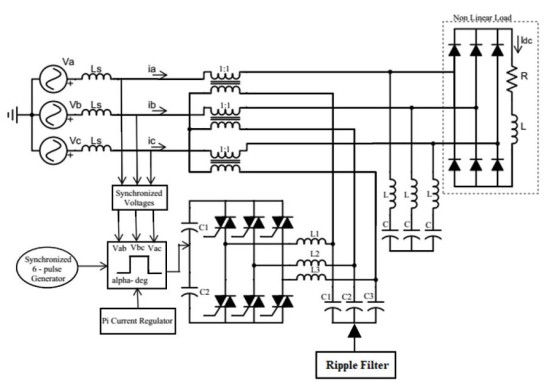
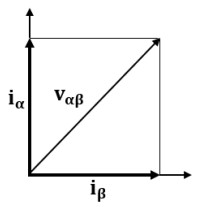

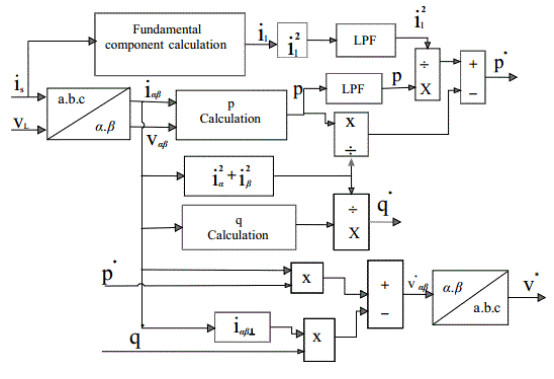
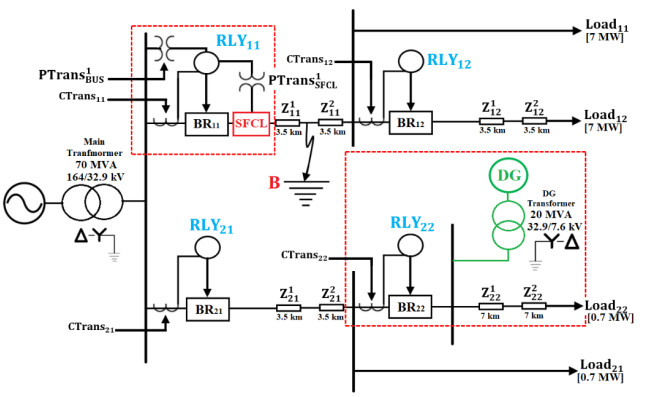
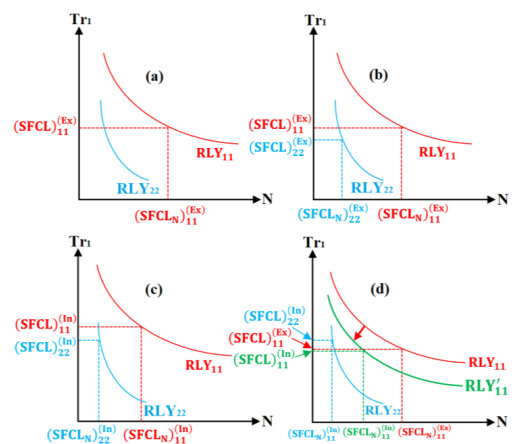
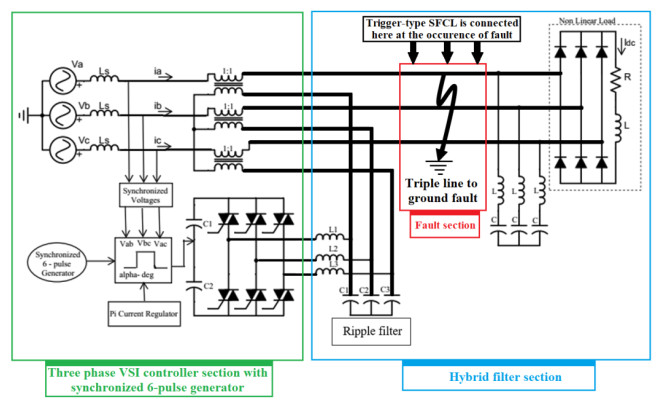
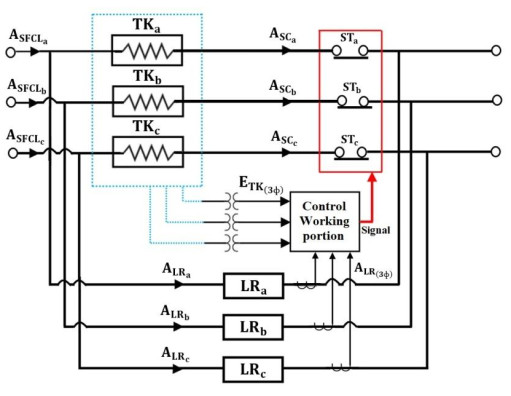
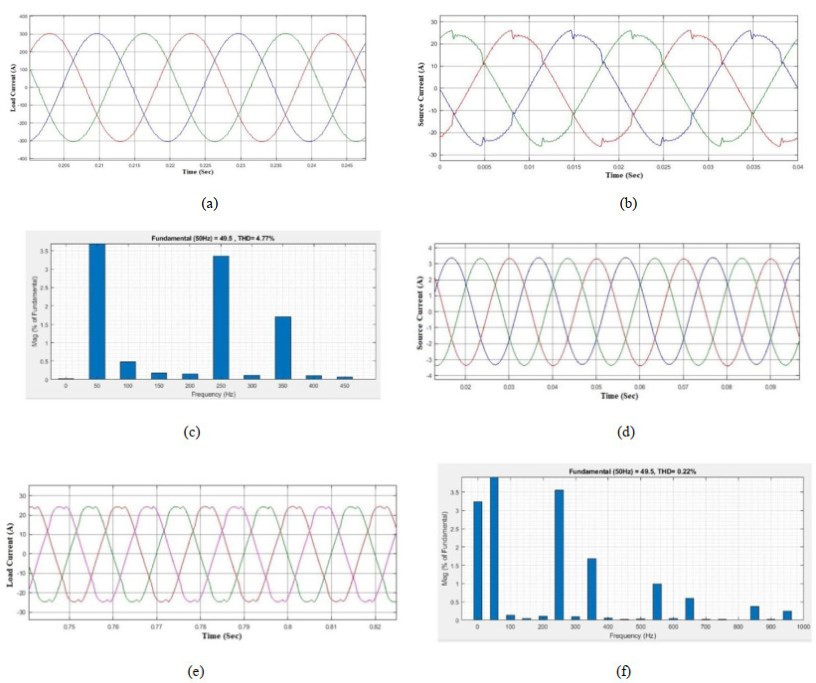

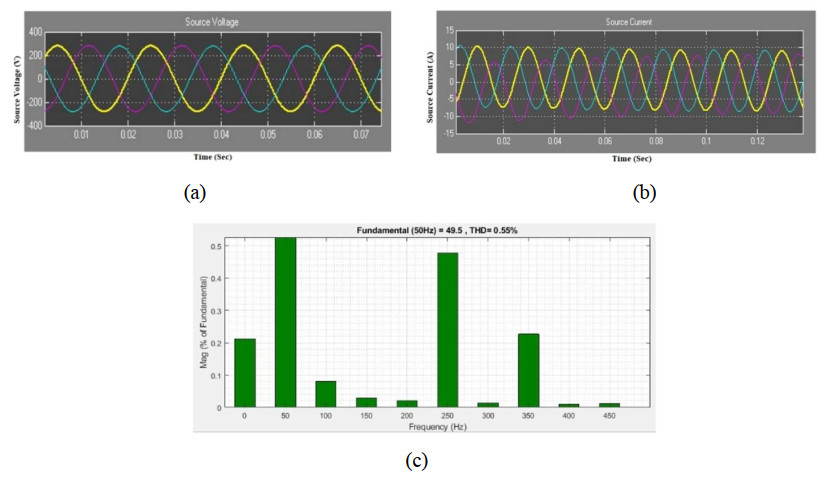



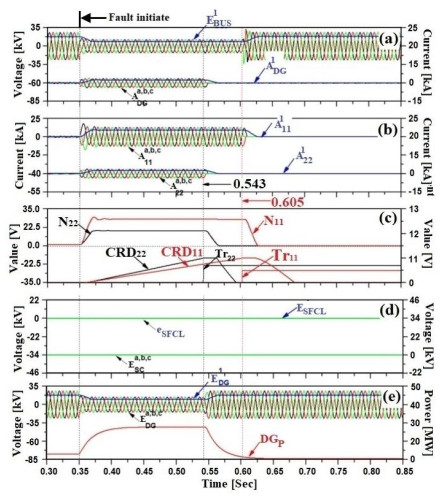
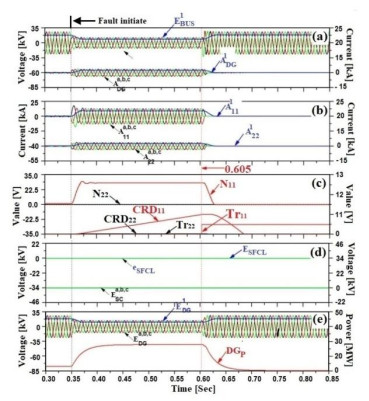
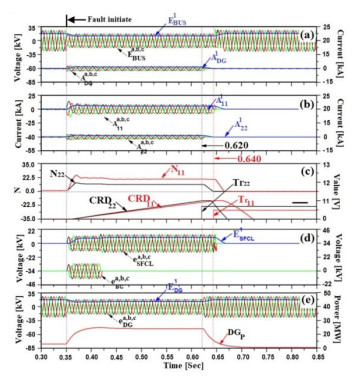
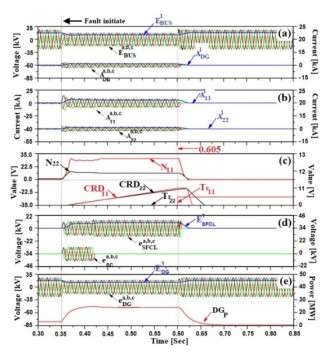
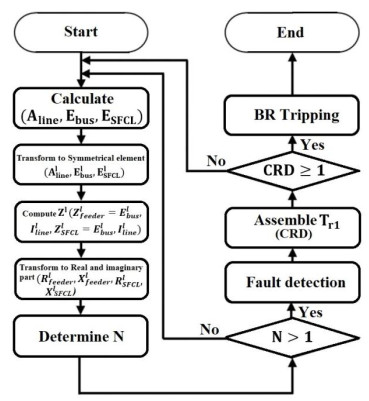




 DownLoad:
DownLoad: